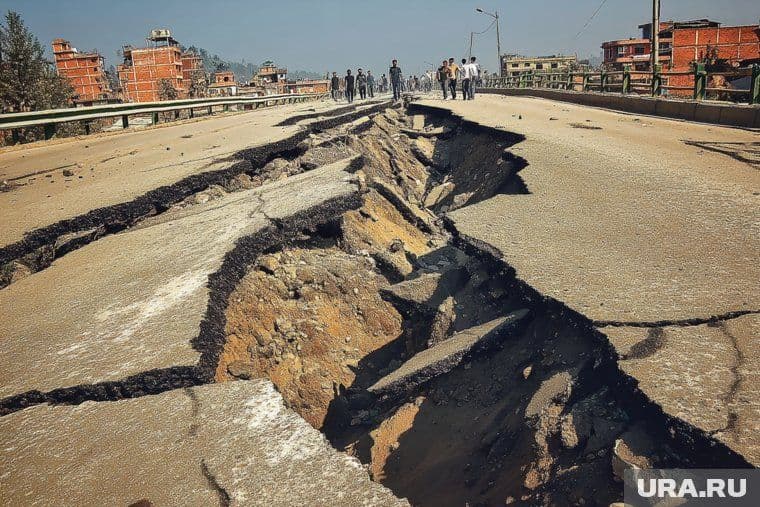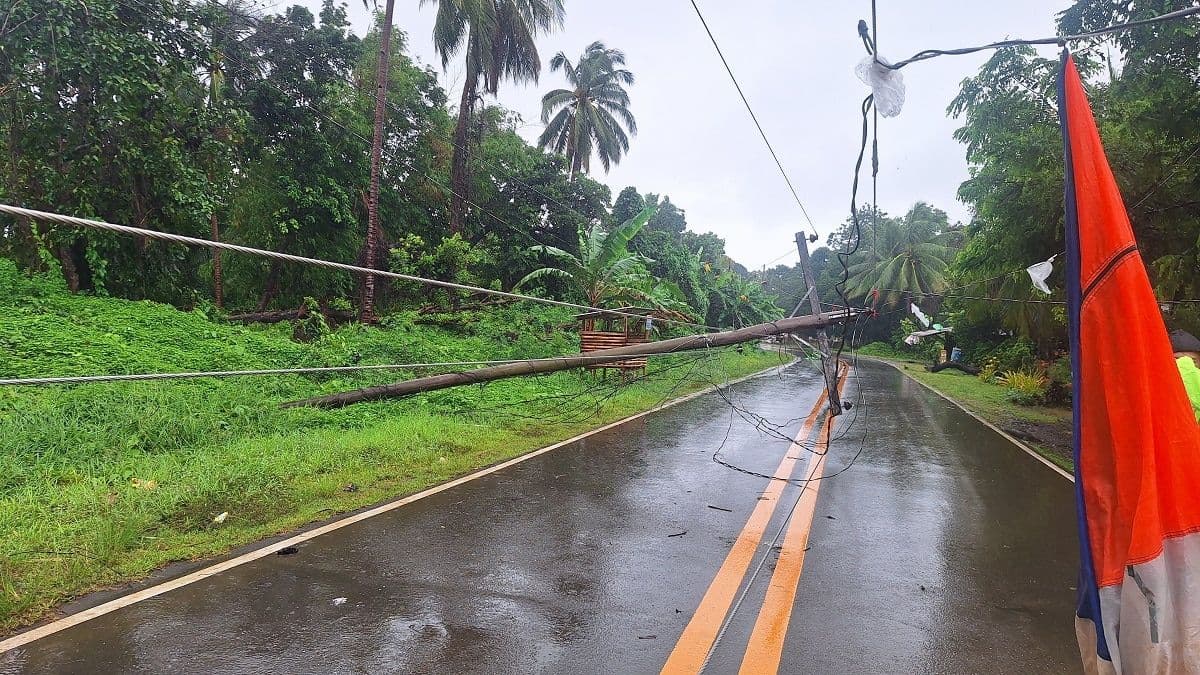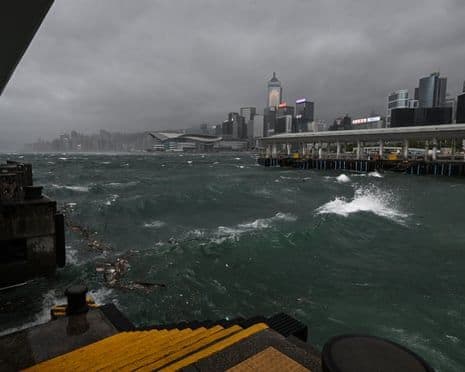When Mountains Move: Unearthing the Silent Fury of Mudslides
Unearth the silent fury of mudslides: understand their hidden triggers, devastating impacts, and how communities build resilience against nature's powerful, unpredictable flows.

The Earth's Hidden Rumble: Deciphering the Precursors
The mountain ranges that grace our planet, while majestic, are also zones of profound geological dynamism, often harboring hidden rumblings that can erupt into devastating events. While seismic shifts, like the recent 7.5 magnitude earthquake off , can certainly trigger widespread instability and even tsunami warnings, the earth's response isn't always a sudden jolt. Sometimes, the precursor is a more insidious, relentless force: water. In regions like , nestled in the Caucasus, the interplay of steep slopes and abundant precipitation creates a volatile cocktail. The ongoing debris flow along the , impacting the town of near , serves as a stark reminder. This isn't merely a random act of nature; it's the culmination of saturated soils losing their grip, a silent conversation between geology and meteorology reaching a crescendo. Understanding these subtle, often overlooked, signals – whether the deep tremors of the earth or the relentless saturation of the landscape – is the first critical step in anticipating the fury that lies beneath.
Nature's Overpowering Cascade: Anatomy of a Debris Flow
Once the hidden precursors align, the transformation from stable ground to a destructive 'сель' or debris flow is swift and brutal. Imagine a viscous, fast-moving river of mud, rocks, and debris, possessing immense kinetic energy as it surges down a mountain slope. The recent event in vividly illustrates this raw power. The , typically a waterway, became a conduit for this overwhelming cascade, tearing through . Eyewitness accounts and reports confirm the sheer force, with the flow so significant that it damaged a crucial bridge support on the federal highway connecting Prokhladny, Baksan, and Elbrus. This wasn't just a minor obstruction; it necessitated the complete closure of the road in both directions, forcing authorities to establish detours. The sheer volume and velocity of these flows make them incredibly destructive, capable of reshaping landscapes and infrastructure in moments, leaving behind a trail of chaos that extends far beyond the immediate impact zone.
Reclaiming Ground: Strategies for Living with Dynamic Landscapes
When a debris flow unleashes its fury, the immediate human response shifts from observation to urgent action, embodying our evolving relationship with a dynamic planet. In the face of the ongoing mudslide activity in , authorities swiftly declared a regional state of emergency in the , a critical first step in coordinating relief efforts and resource allocation. Practical measures were immediately put into place: roads were closed, and alternative routes were advised to ensure public safety and facilitate emergency access. Crucially, residents were urged to avoid the active debris flow channels and limit non-essential movement within the affected areas. A temporary accommodation point, established at a local school, provided a safe haven for displaced individuals. These rapid, coordinated responses – from public warnings and evacuations to establishing shelters and deploying emergency services – are fundamental strategies for mitigating immediate harm and demonstrating society's capacity to adapt and react when mountains truly move.
Beyond the Immediate Impact: Long-Term Echoes and Resilience
The true measure of a community's resilience often begins not with the immediate response to a disaster, but in the long, arduous phase of recovery and rebuilding. In , the echoes of the debris flow resonated far beyond the initial cascade. Parts of the town found themselves without essential services – electricity, water, and gas – a stark reminder of how deeply such events disrupt daily life and infrastructure. While emergency services and specialists from the are tirelessly working on restoration efforts, the process is complex and prolonged. The head of the republic, , continues to personally oversee the situation, underscoring the sustained commitment required. The temporary shelter remains operational, highlighting the ongoing displacement. This prolonged disruption forces a re-evaluation of how communities coexist with such dynamic landscapes, prompting deeper considerations for long-term planning, infrastructure hardening, and fostering a collective resilience that allows life to not just return to normal, but to adapt and thrive in the shadow of the mountains' powerful, yet predictable, movements.
Related Articles

When Fire Meets Frontier: Lesovo's Unyielding Battle on Bulgaria's Scorched Edge

When Fire Meets Frontier: Lesovo's Unyielding Battle on Bulgaria's Scorched Edge

Weathering the Storm: Unpacking Resilience in a Deluge-Prone Nation

Weathering the Storm: Unpacking Resilience in a Deluge-Prone Nation

The Human Equation of Extreme Weather: Adapting to Nature's Shifting Moods

The Human Equation of Extreme Weather: Adapting to Nature's Shifting Moods

The Unsettled Sky: Rethinking Preparedness as Greece's Climate Shifts
